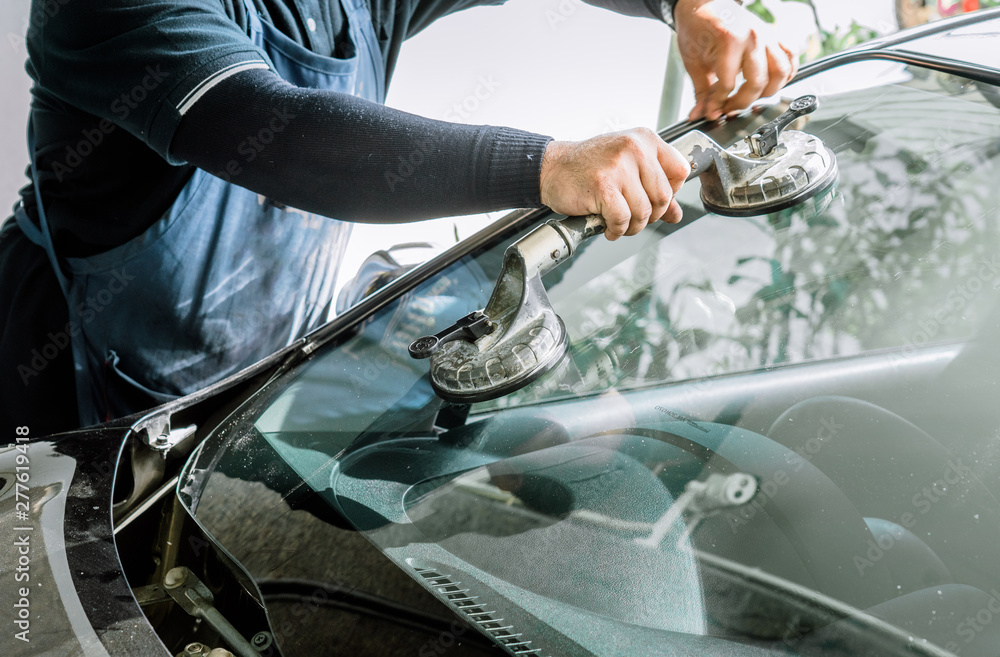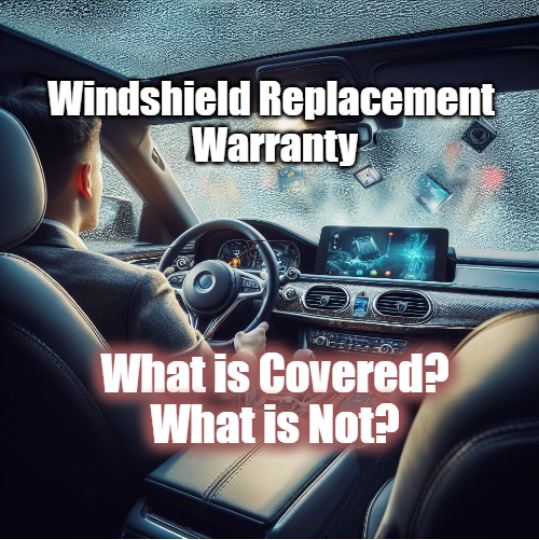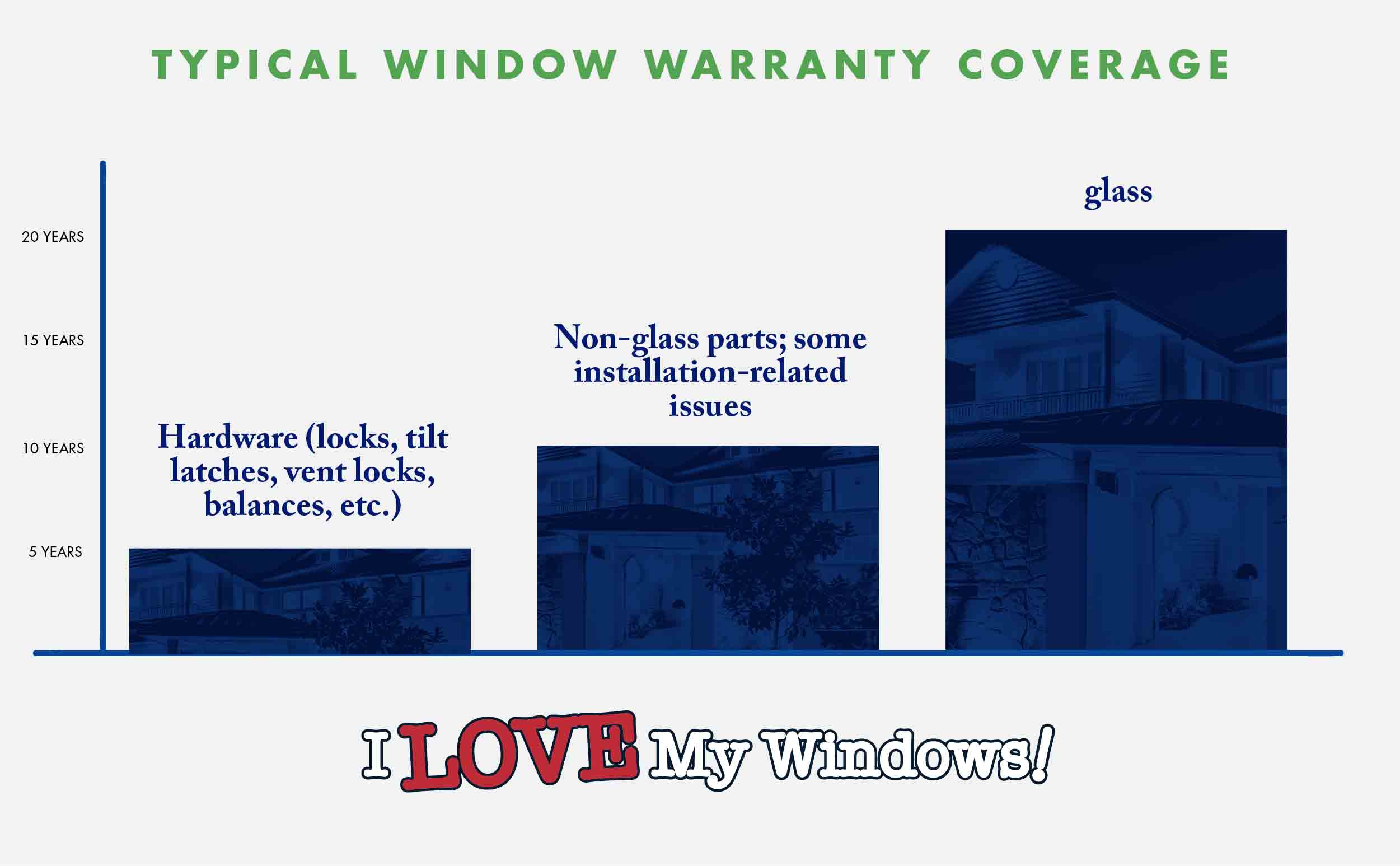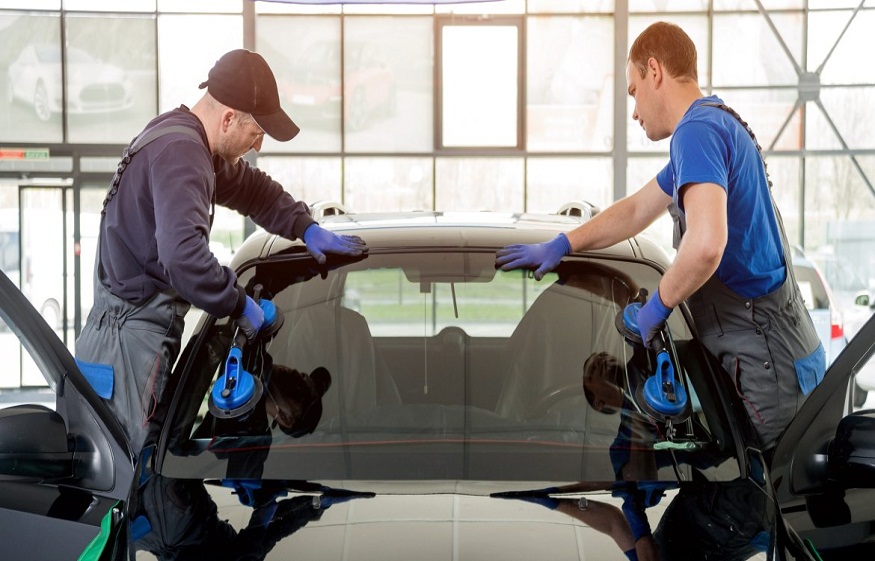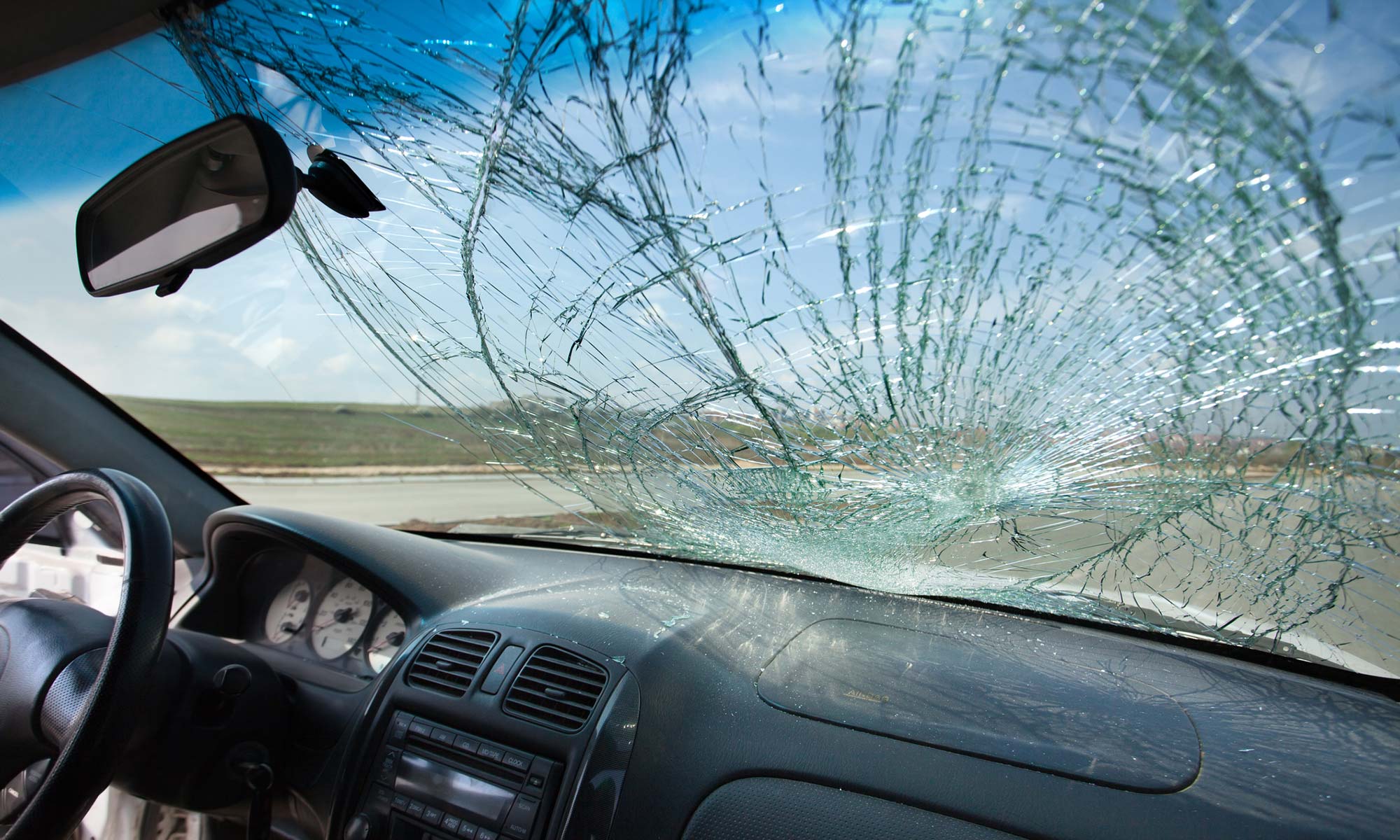Is The Windshield Covered Under Warranty
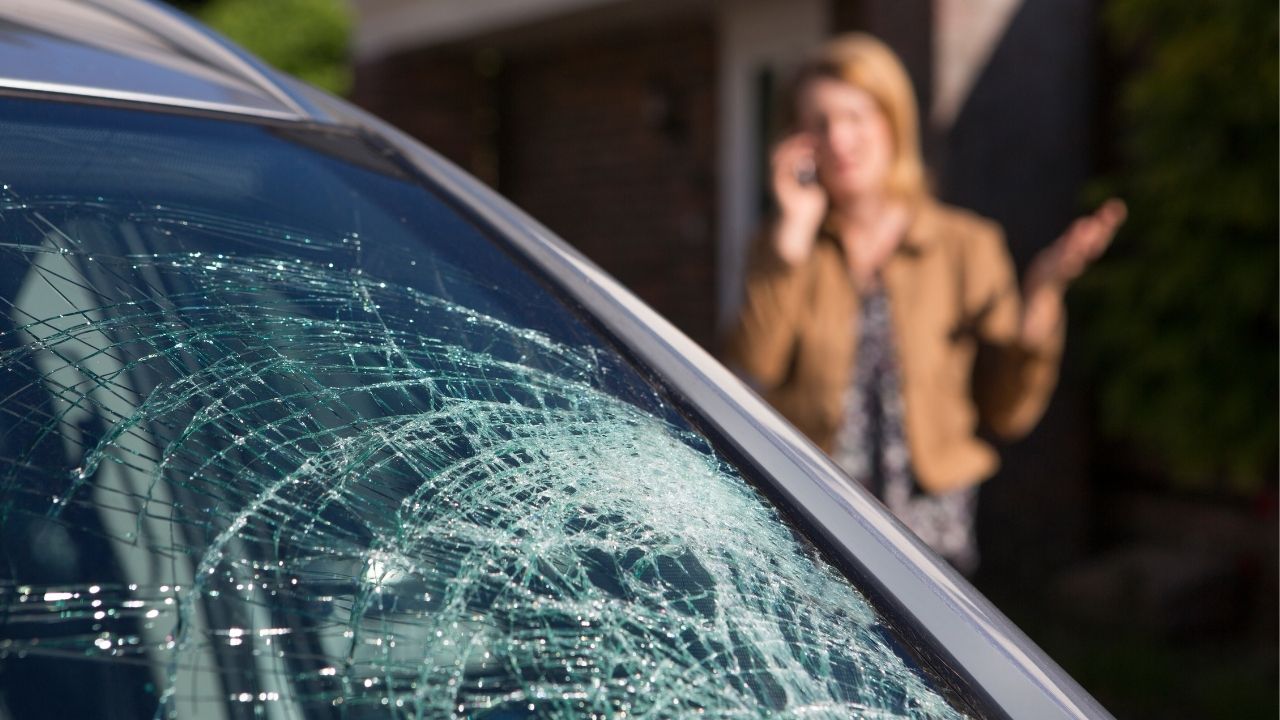
Imagine cruising down a scenic highway, the sun glinting off your pristine windshield, when *crack*! A rogue pebble, kicked up by a passing truck, leaves an unwelcome mark. Your heart sinks as you wonder, "Is this going to cost me a fortune?"
The question of whether a windshield is covered under warranty is a common concern for vehicle owners. Understanding the nuances of different types of warranties and insurance policies can save you from unexpected financial burdens and headaches.
Vehicle warranties generally come in a few flavors. There's the bumper-to-bumper warranty, covering most components, and the powertrain warranty, focusing on engine and transmission. Unfortunately, windshields rarely fall under either of these categories.
Windshield damage is usually classified as wear and tear or an external event, like road debris. Most standard warranties, including those from manufacturers like Ford or Toyota, explicitly exclude such damage.
According to Consumer Reports, even extended warranties, which offer broader coverage, often have specific exclusions for glass damage. Always read the fine print to fully understand what’s covered and what's not.
There's a common misconception that if the windshield damage is due to a manufacturing defect, it will automatically be covered. While theoretically possible, proving a defect is the cause of the crack can be challenging.
Evidence, such as stress fractures appearing without external impact, would be necessary. Even then, a thorough inspection by a qualified mechanic would be needed, and coverage isn't guaranteed.
Insurance policies, specifically comprehensive coverage, are often the best bet for windshield repairs or replacements. This type of coverage protects against damage from events other than collisions, like vandalism, weather, or road debris.
Many states even have laws regarding windshield coverage. Some states mandate that insurance companies offer full glass coverage with no deductible, while others allow for a deductible.
The Insurance Information Institute (III) notes that the cost of windshield repair or replacement can vary greatly depending on the vehicle model and the type of glass used. Luxury vehicles with advanced driver-assistance systems (ADAS) integrated into the windshield often incur significantly higher costs.
Replacing a windshield with ADAS features often requires recalibration of the sensors, adding to the overall expense. This recalibration ensures the safety systems function correctly.
Before heading to the repair shop, check your insurance policy details. Call your insurance provider to understand your coverage and deductible amount.
Consider a professional inspection to determine if the damage can be repaired rather than replaced. Small chips and cracks can often be repaired, saving you time and money.
Investing in quality windshield protection products, like films, can offer a preventative measure against minor damage. These films act as a barrier, reducing the likelihood of cracks from small impacts.
Navigating the complexities of warranties and insurance can feel daunting, but understanding your options empowers you to make informed decisions. Taking a proactive approach to protecting your windshield can keep you safe on the road and your wallet a little heavier.
So, the next time you hear that dreaded *crack*, you'll be better equipped to handle the situation with confidence. Remember to review your policy, consider preventative measures, and stay informed about your rights as a vehicle owner.
